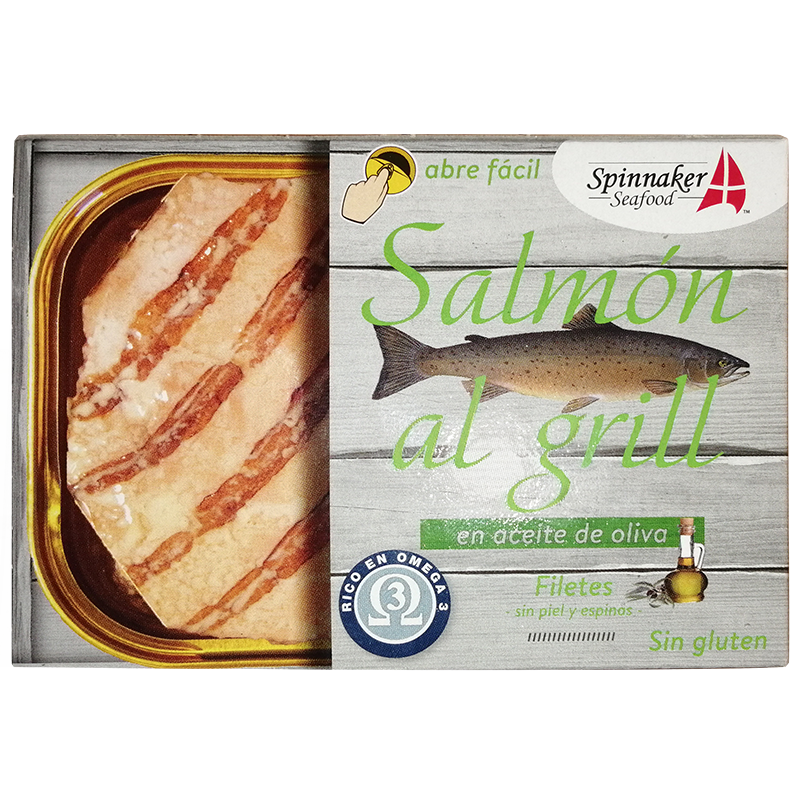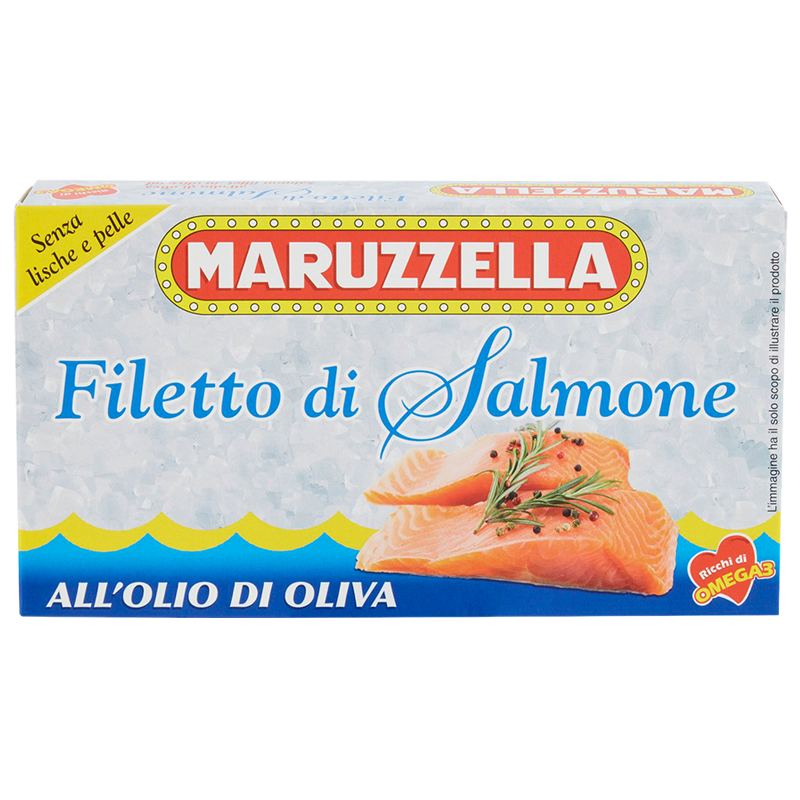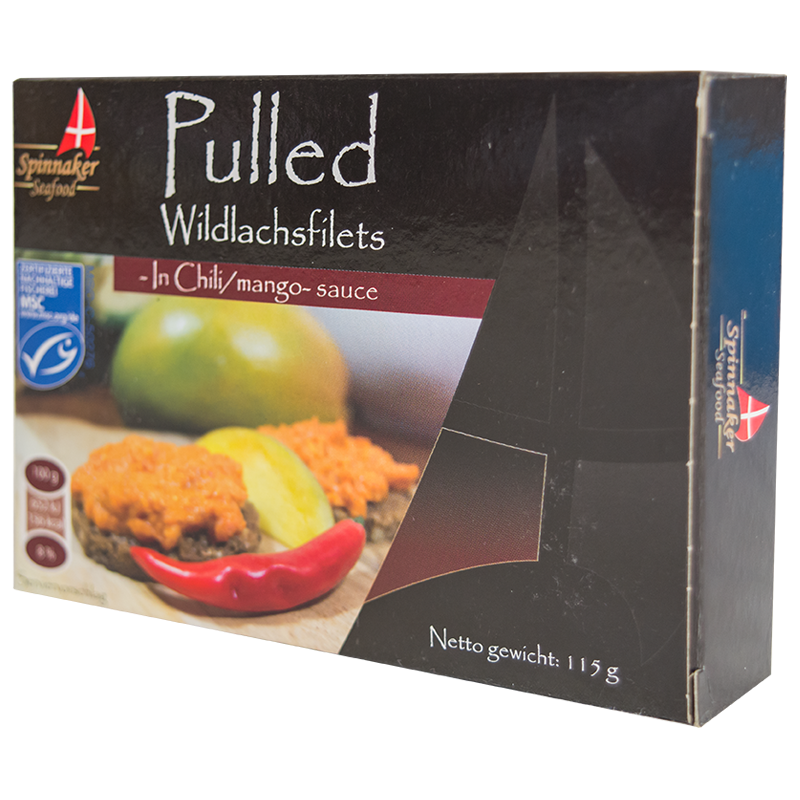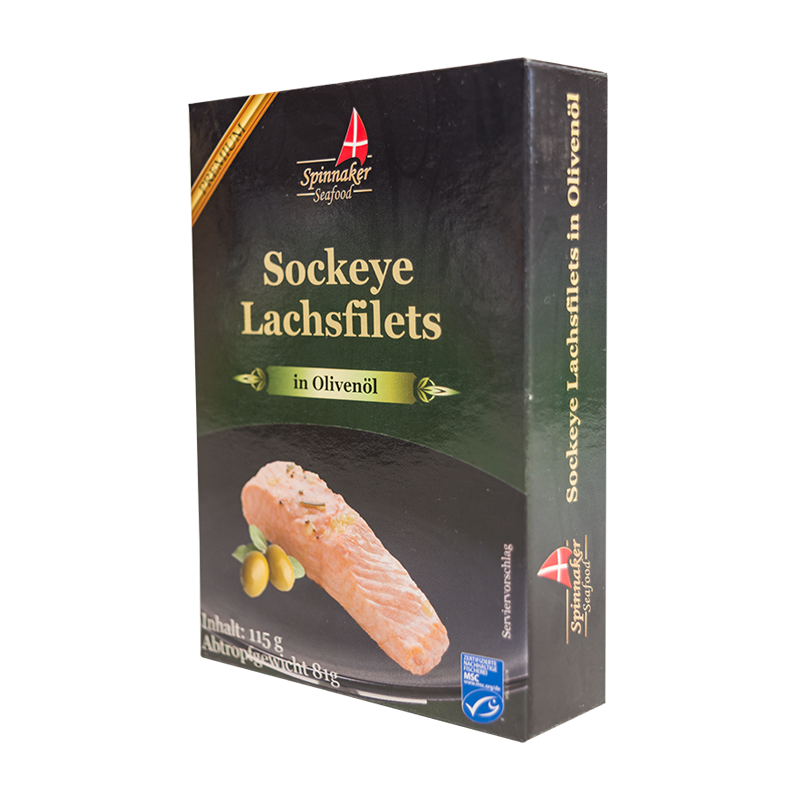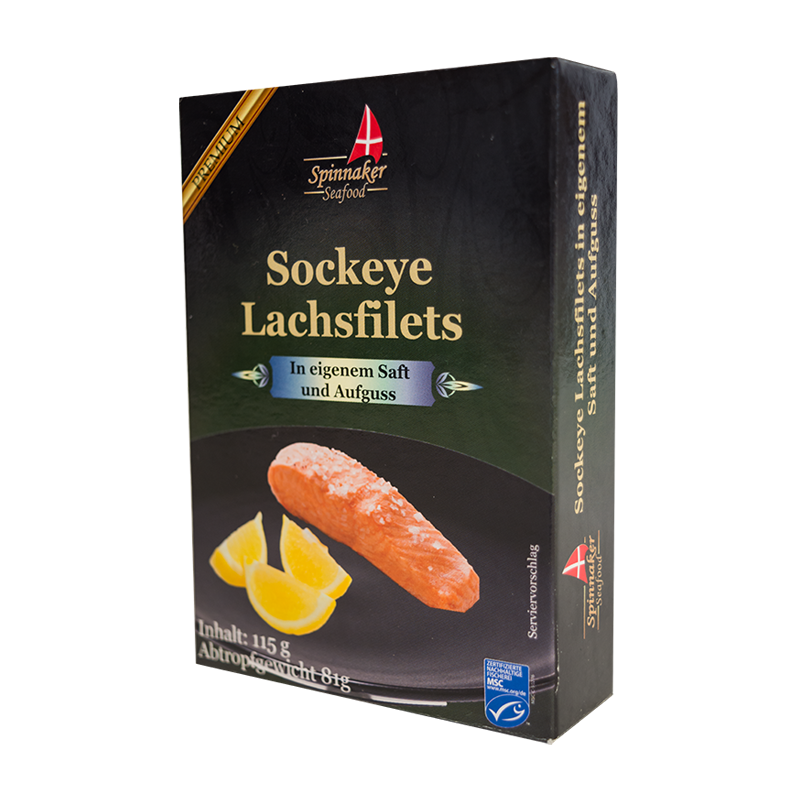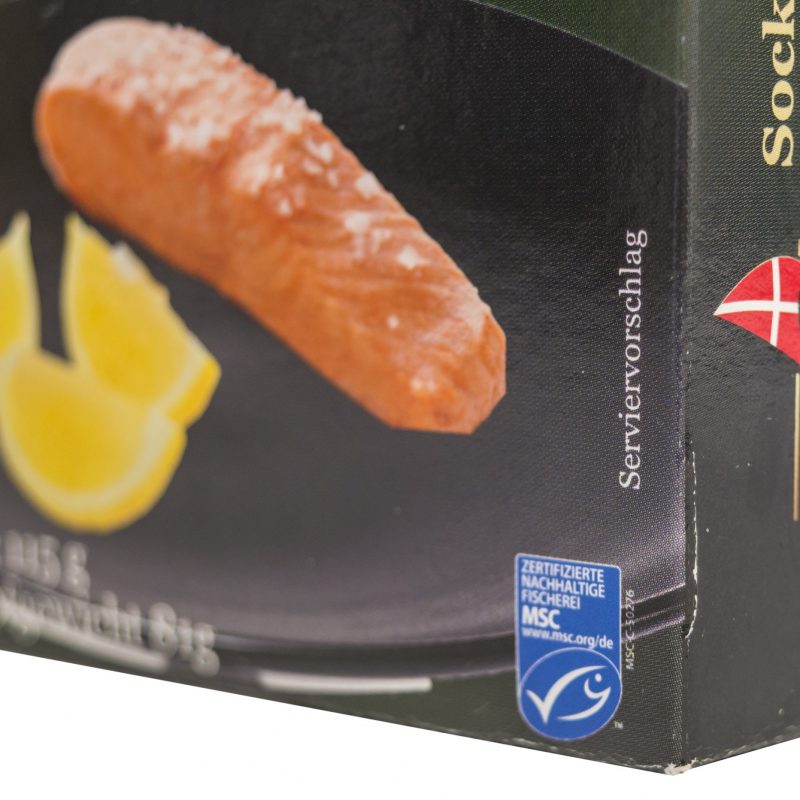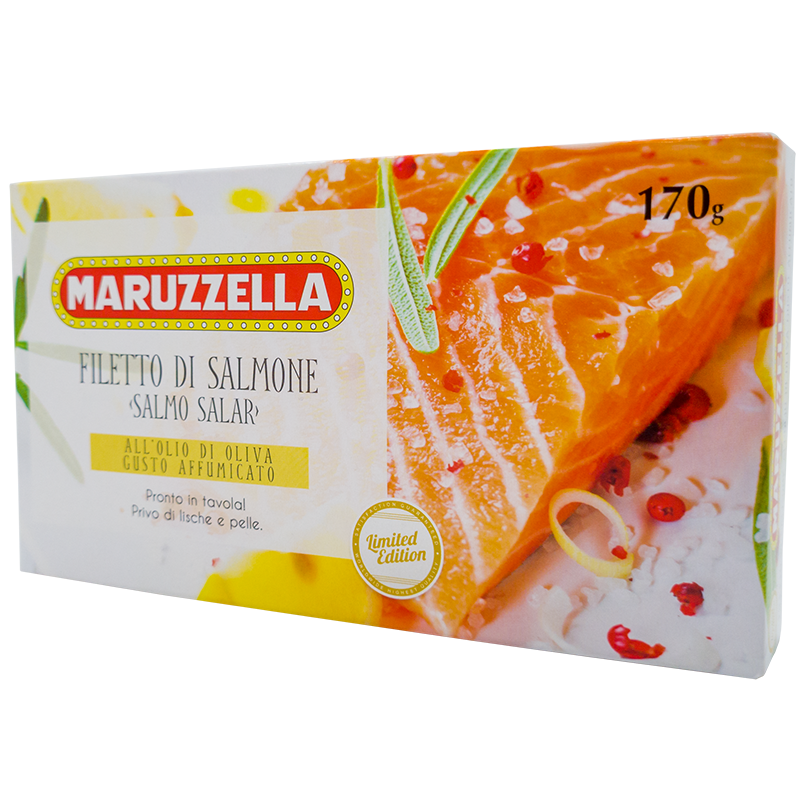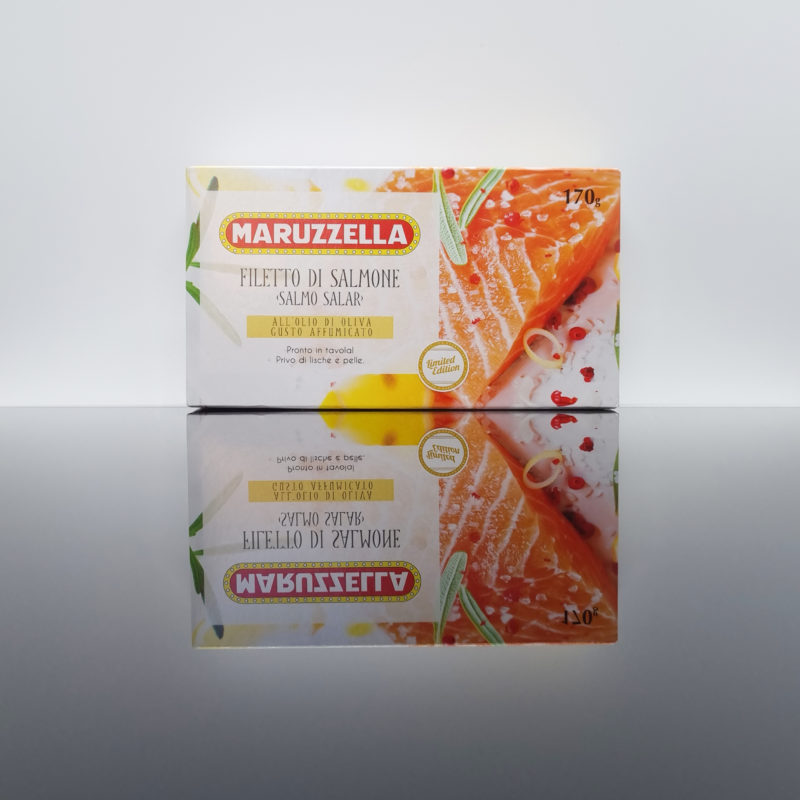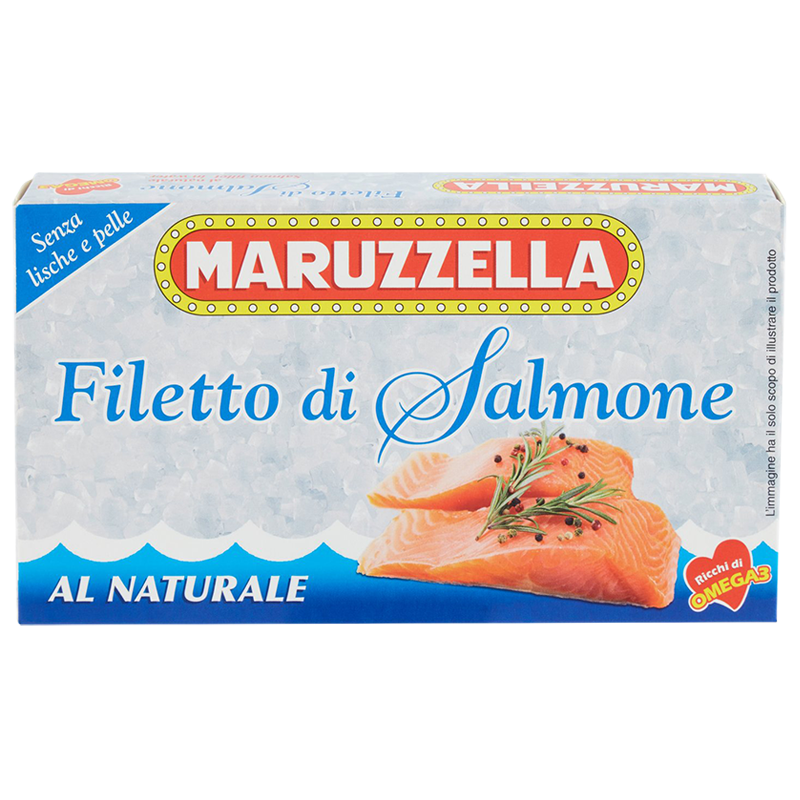The meat of salmon is typically pink, but its color can be anywhere from red to orange. Canned salmon is usually the kind with pink meat. The sizes of the different species of salmon are different also: the King (or Chinook) salmon is biggest, and the Red (or Sockeye) salmon is smallest.
Like most fish and clams, salmon is also rich in various nutrients. It’s an excellent source of high-quality proteins, vitamins and minerals (including potassium, selenium and vitamin B12), but its high Omega-3 content is also worth noting. Salmon is without a doubt one of the most nourishing foods there are, and can lower the risk of many a disease. It’s a delicious, versatile, and nowadays widely available type of fish.
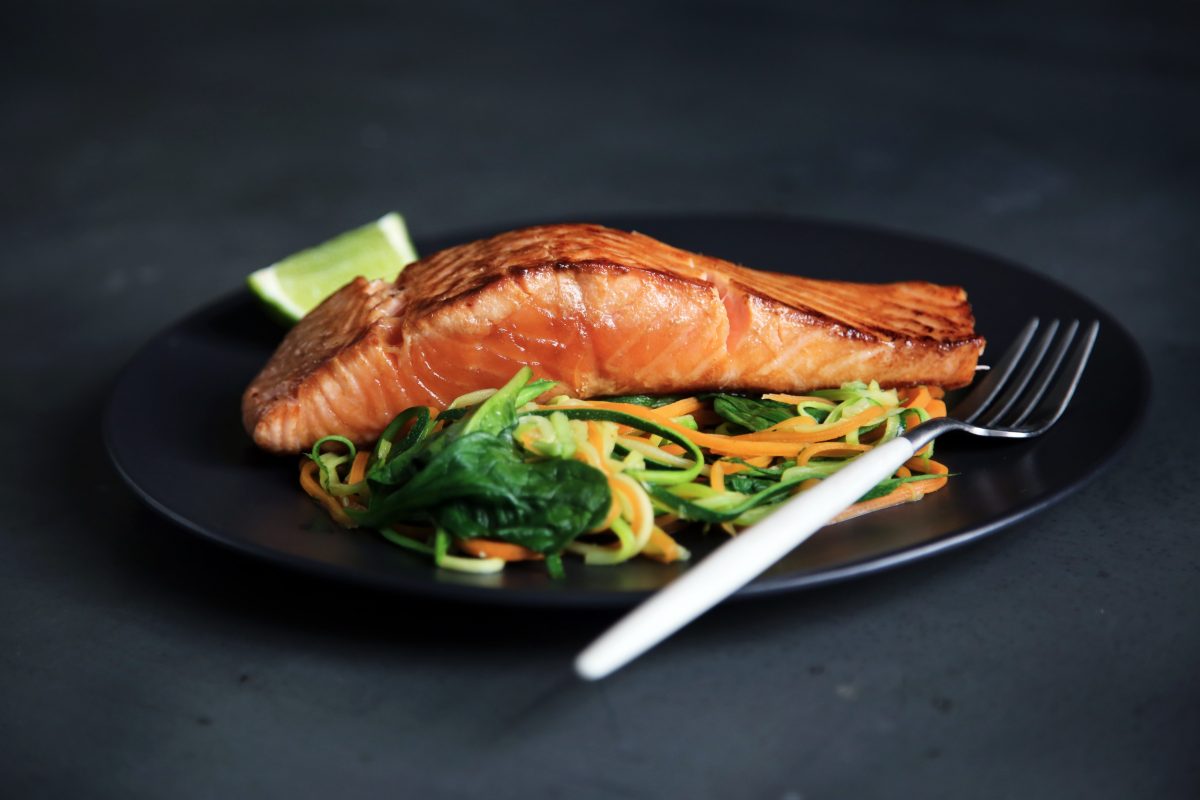
9 reasons to eat salmon
1. Rich in Omega-3 fatty acids: Unlike most fats, Omega-3 fatty acids are „essential”, meaning, that we have to ingest them from en external source (e.g. eating), because our bodies aren’t able to produce them themselves. Although there is no official Dietary Reference Intake for Omega-3, most health organizations recommend the daily dose be somewhere between 250-500 mg for a healthy adult. Omega-3 also proves to be effective against inflammation and high blood pressure.
2. An excellent source of proteins: the body needs proteins to maintain the good health of bones and musculature. There are 22-25 grams of complete proteins in 100 grams of salmon!
3. Rich in various types of vitamin B. Studies have found that all the different types of vitamin B work in unison to maintain optimal functioning of the brain and nervous system, so it is advisable to always take care of sufficient intake! Salmon-lovers are at an advantage, because the vitamin B contents of salmon are as follow:
- vitamin B1 (thiamine): 18 % of the DRI (Dietary Reference Intake)
- vitamin B2 (riboflavin): 29 % of the DRI
- vitamin B3 (niacin): 50 % of the DRI
- vitamin B5 (pantothenic acid): 19 % of the DRI
- vitamin B6 (pyridoxine): 47 % of the DRI
- vitamin B9 (folic acid): 7 % of the DRI
- vitamin B12 (cobalamin): 51 % of the DRI
4. 100 grams of salmon covers 11-18 % of the daily DRI of potassium, which helps regulate our blood pressure.
5. 100 grams covers 59-67 % of the daily DRI of selenium. This mineral proves to be very useful in maintaining the health of bones, the proper functioning of the thyroid gland, and even in lowering the risk of cancer.
6. It contains an antioxidant called astaxanthin. This antioxidant, besides giving salmon its red color, lowers the risk of heart diseases by lowering the levels of LDL (’bad’) cholesterol, and raising the levels of HDL (’good’) cholesterol.
7. It lowers the risk of heart diseases by raising the amount of Omega-3 fatty acids in the body, and lowering the amount of Omega-6 fatty acids.
8. It can help with losing weight: like with other high-protein foods, when one eats salmon, they will get the sense of fullness sooner, and yet salmon has a low amount of calories.
9. Having salmon frequently can help lower the symptoms of anxiety and depression, facilitate fetal brain development, and lower memory-related problems in old age.


